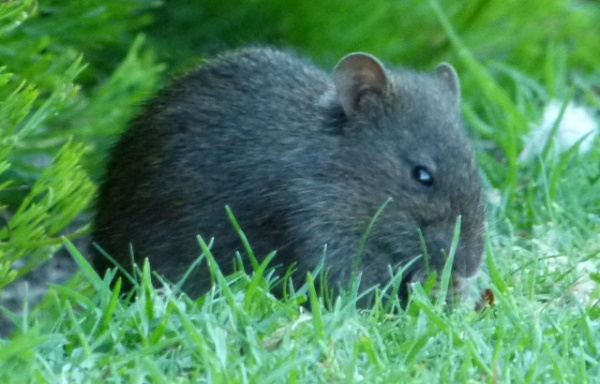Swamp Rat (Rattus lutreolus)
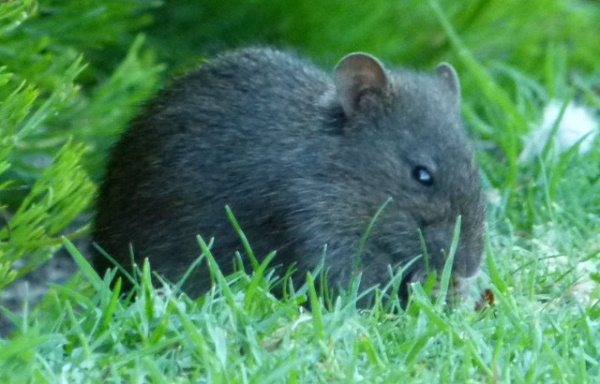
The Australian Swamp Rat is another native Australian rat but, as its name indicates, this down-under rodent makes its home in wetlands and swampy areas. Swamp rats can easily be identified by their black-brown fur, black feet and dark gray scaly tails. Their most distinguishing feature, however, are their ears: small, rounded, dark in hue, and nearly subsumed by their long fur. (image above via Diana Padrón)
* Amazing Rat Fact: As wetland denizens, swamp rats are vulnerable to habitat loss due to human activities such as coastal development. The species as a whole is not considered to be threatened, however. Australia’s native people hunted swamp rats for meat prior to European settlement but this practice has been discontinued.
Polynesian Rat (Rattus exulans)
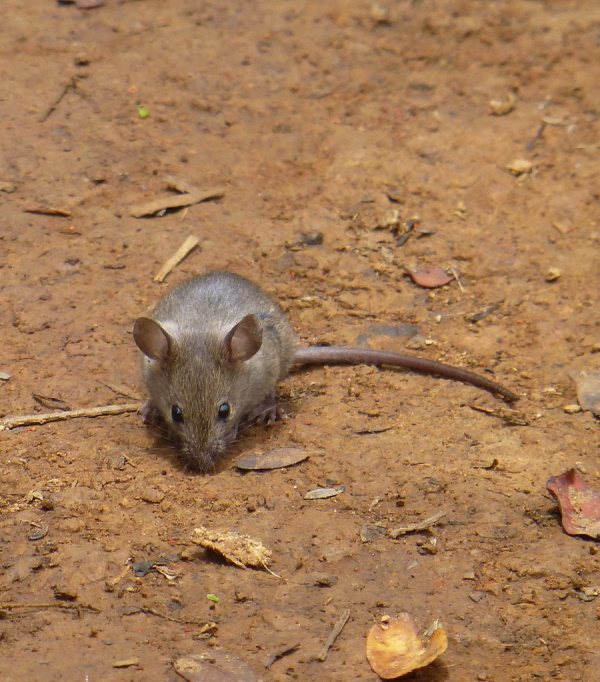
The Polynesian Rat ranks just behind the Brown rat and the Black rat as the world’s most widespread rat species. Polynesian rats originated in Southeast Asia and have accompanied human explorers across vast stretches of the Pacific ocean to New Zealand, Hawaii and Easter Island. Polynesian rats are prolific breeders and have an omnivorous diet – a combination that has led to an astonishing loss of plant and animal diversity on almost every Pacific island where they have been introduced. (image above via c87144)
* Amazing Rat Fact: Polynesian rats have recently been implicated in another environmental catastrophe, this one on formerly forested Easter Island. Researchers have proposed that invasive Polynesian rats feasted upon the fallen seeds of the native Rapa Nui palm tree, thus preventing the forest from reseeding itself.
Long-haired Rat (Rattus villosissimus)
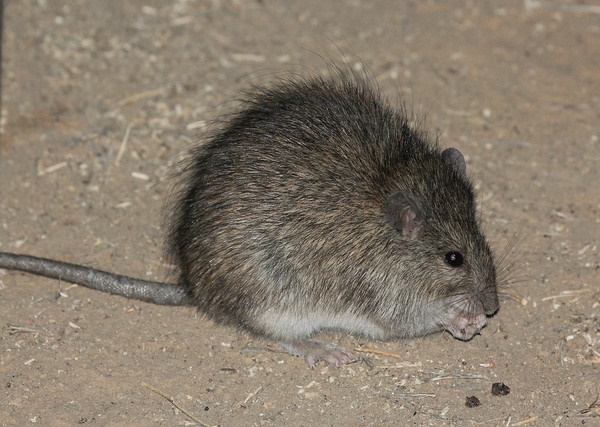
The Long-haired Rat is yet another Australian rat but one that differs from its Rattus cousins, both native and introduced, in significant ways. Long-haired rats spend up to 80% of their lives underground within an extensive network of burrows and tunnels. Herbivorous for the most part, these gray-coated rats are not considered to be threatened by the IUCN but they are protected under provisions of Australia’s Wildlife Conservation Act 1950. (image above via Tim Rudman)
* Amazing Rat Fact: Another name for the long-haired rat is the Plague Rat – but not for the reason you’re likely thinking. Long-haired rats go through regular population “boom and bust” cycles, much like lemmings in Scandinavia. During an “eruption” (imagine an eruption of rats, if you will), the numbers of long-haired rats can explode to many hundreds per square hectare!
Marsh Rice Rat (Oryzomys palustris)
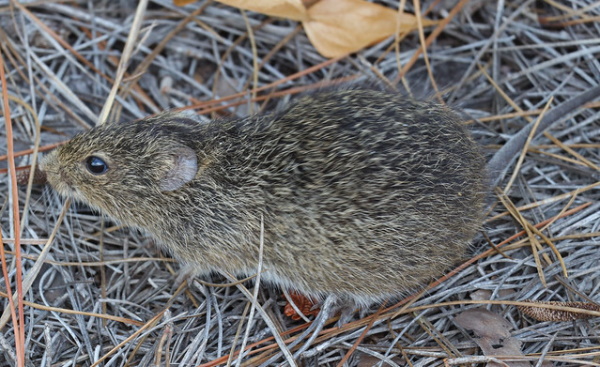
The Marsh Rice Rat is a native American rat found in swamps, marshes and wetlands across the eastern and southern United States. First described in 1816 as “one of the few true rats of the United States”, this nocturnal rodent has grayish-brown fur although populations in Florida often appear more reddish in hue. “Florida Rat” just has to stand out! (image above via Dan Mooney)
* Amazing Rat Fact: Marsh rice rats can harbor well over 40 different types of internal and external parasites – much more than most rodent species. They also appear to be the natural reservoir for Bayou Virus (BAYV), a type of potentially-fatal hantavirus that is widespread throughout the southeast.
Concerned that this article gives rats a boost? Check out Bats Motel: Giant Bat Roosts Were Ahead Of Their Time!

